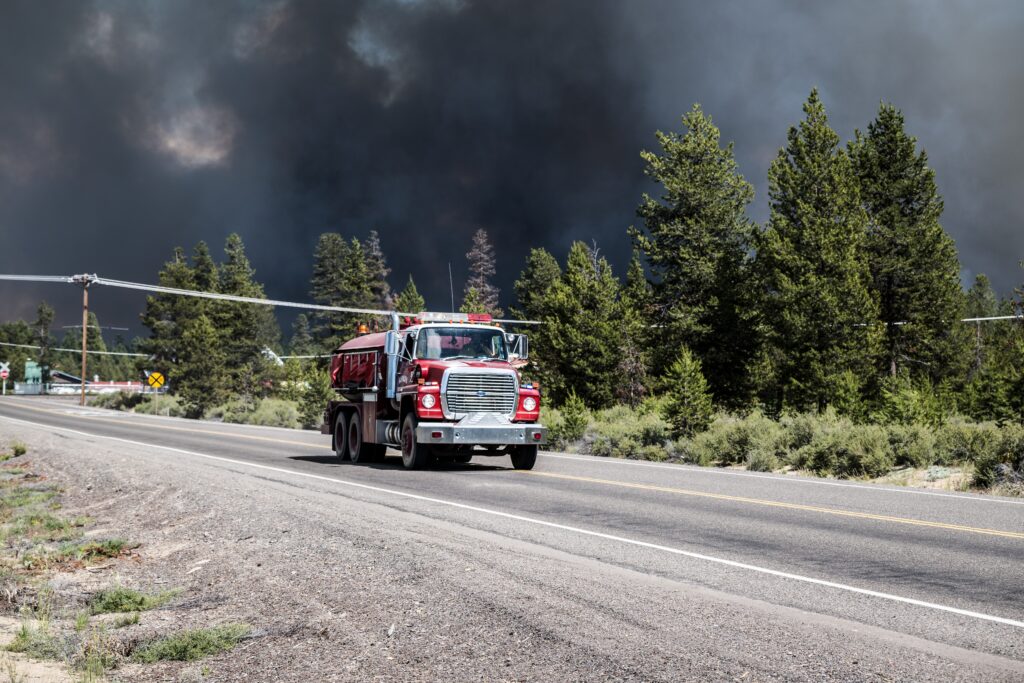Wildfires in Los Angeles are causing unprecedented damage, with losses projected to surpass $135 billion. Some of the most valuable properties in the U.S. have been destroyed, making this one of the costliest wildfire events in American history.
Preliminary estimates from Accuweather predict total losses ranging from $135 billion to $150 billion. These fires, fueled by strong winds, are devastating areas filled with high-value homes. Insurance companies are preparing for significant payouts, with analysts at Morningstar and JP Morgan estimating insured losses exceeding $8 billion.
Fire officials report that the Palisades blaze alone has destroyed over 5,300 structures. The nearby Eaton Fire has also wiped out more than 5,000 buildings. The full extent of the destruction remains uncertain as firefighters work to control the flames.
Accuweather Chief Meteorologist Jonathan Porter called these wildfires “among the most expensive disasters in modern U.S. history.” Comparisons are being drawn to the 2018 Camp Fire, which caused $12.5 billion in insured losses and remains one of the deadliest and most costly wildfires to date.
Ripple Effects on Insurance and Communities
The ongoing destruction poses severe challenges for the insurance industry. High property values in the affected regions suggest that these fires could rank among the top five most expensive wildfires ever recorded. Uninsured property losses will likely push the total financial impact even higher.
The long-term consequences may extend beyond immediate recovery. Porter warned of potential effects on public health, tourism, and the broader economy. In California, homeowners are already grappling with rising insurance premiums as natural disasters like wildfires, floods, and hurricanes increase in frequency and intensity.
Some insurance companies are raising prices or ceasing coverage entirely, leaving many homeowners with limited options. State-sponsored insurance plans, such as California’s Fair Plan, have seen a sharp rise in enrollment. Policies under these plans often cost more and provide less protection, creating additional financial strain for residents.
The number of Fair Plan policies more than doubled between 2020 and late 2023, reaching over 450,000. Areas affected by wildfires show some of the highest levels of enrollment. However, the program itself is under financial pressure, raising concerns about its sustainability.
Denise Rappmund, a senior analyst at Moody’s Ratings, highlighted the widespread impact on California’s insurance market. She noted that increased recovery costs would likely drive up premiums and reduce access to property insurance. Additionally, the fires could damage property values and strain public finances for years to come.
